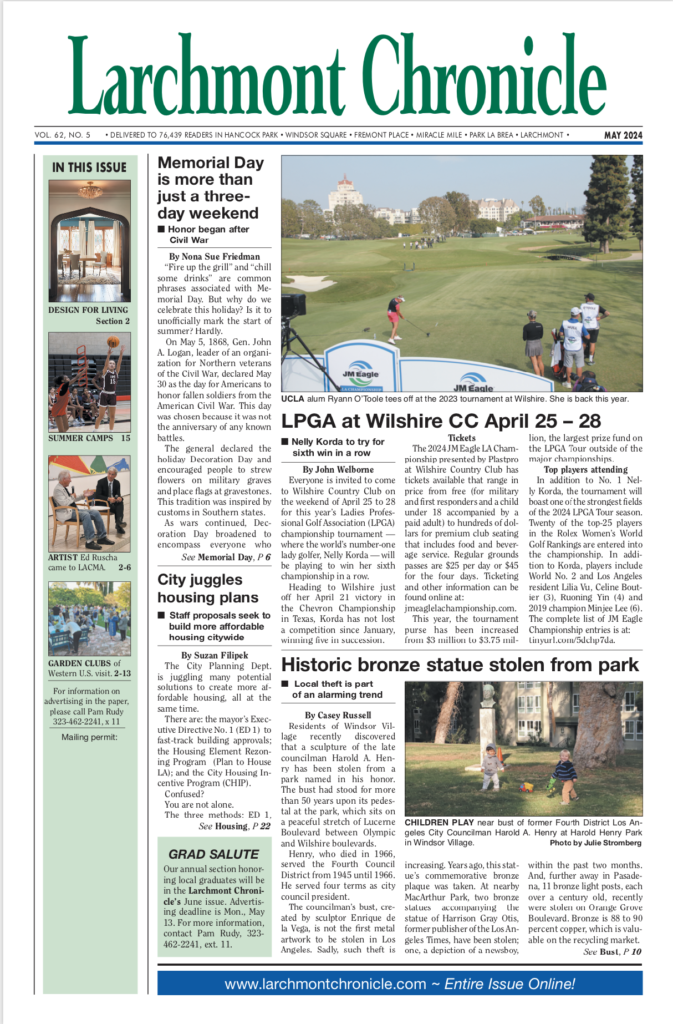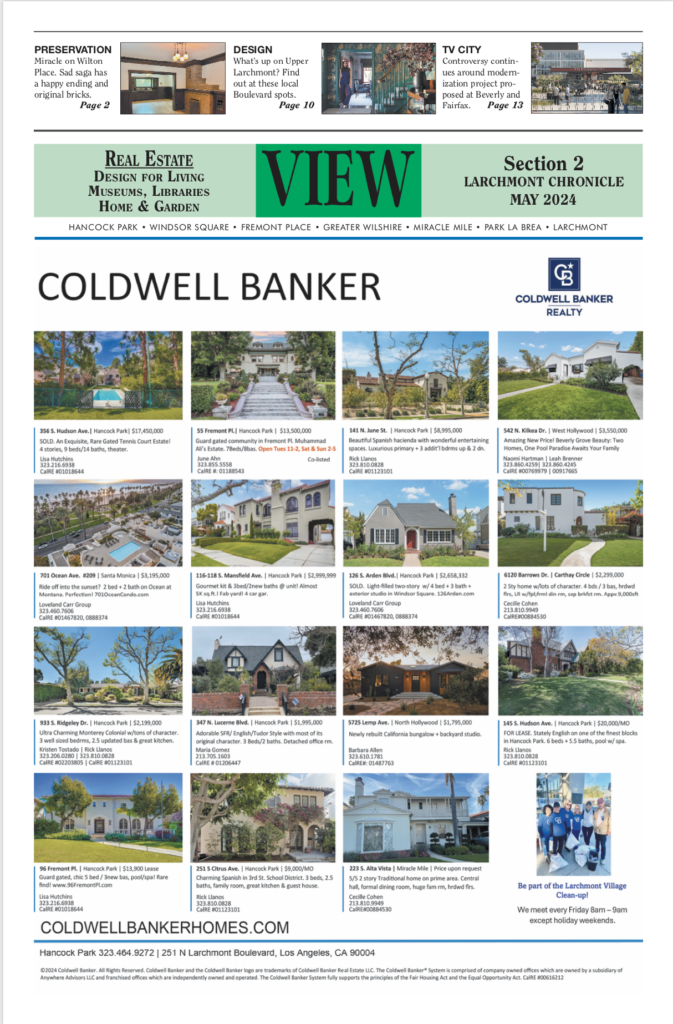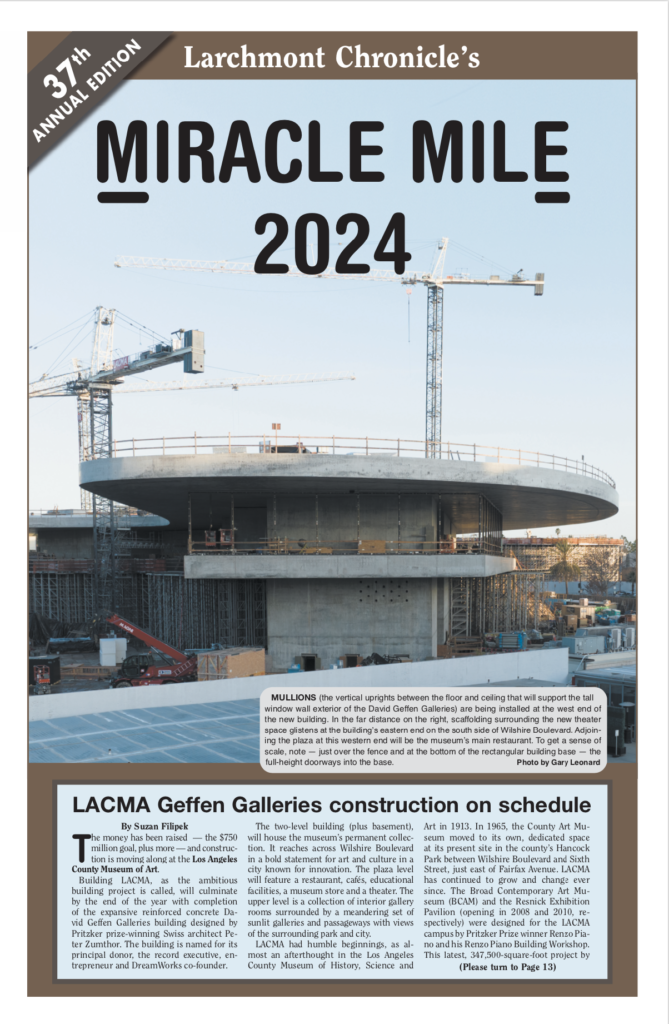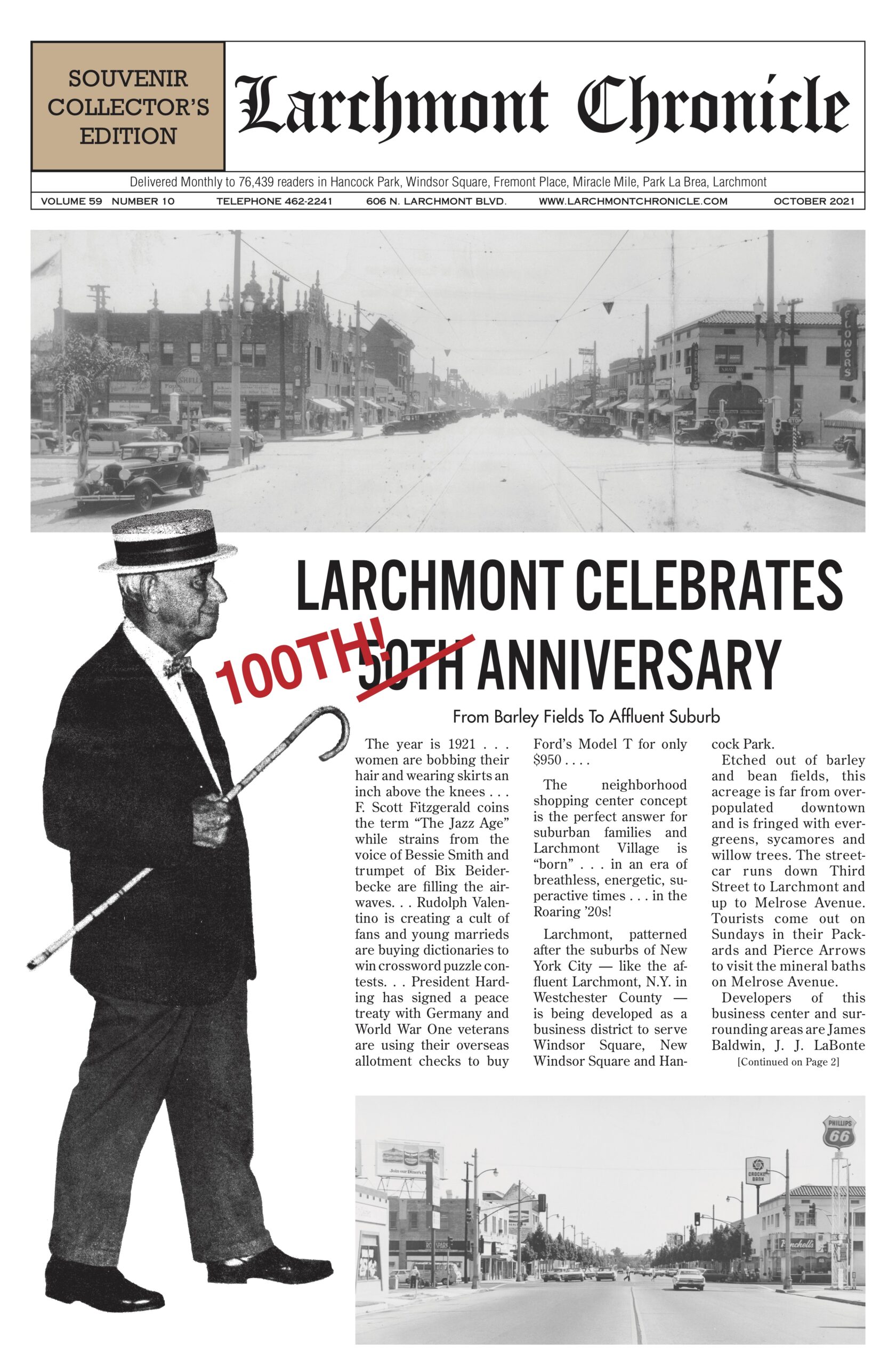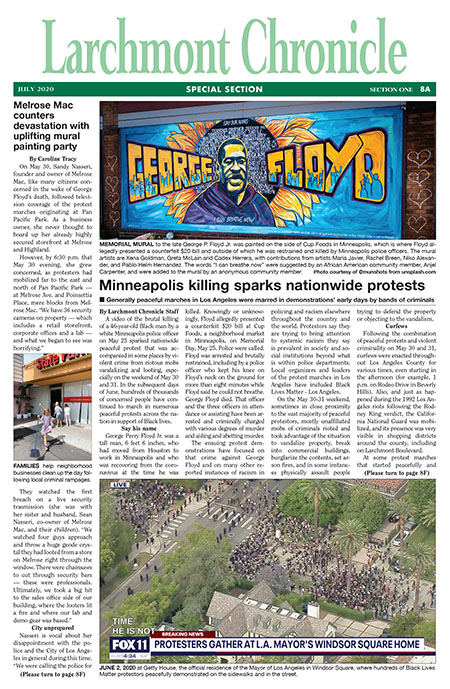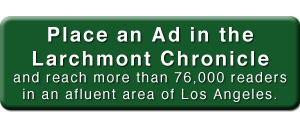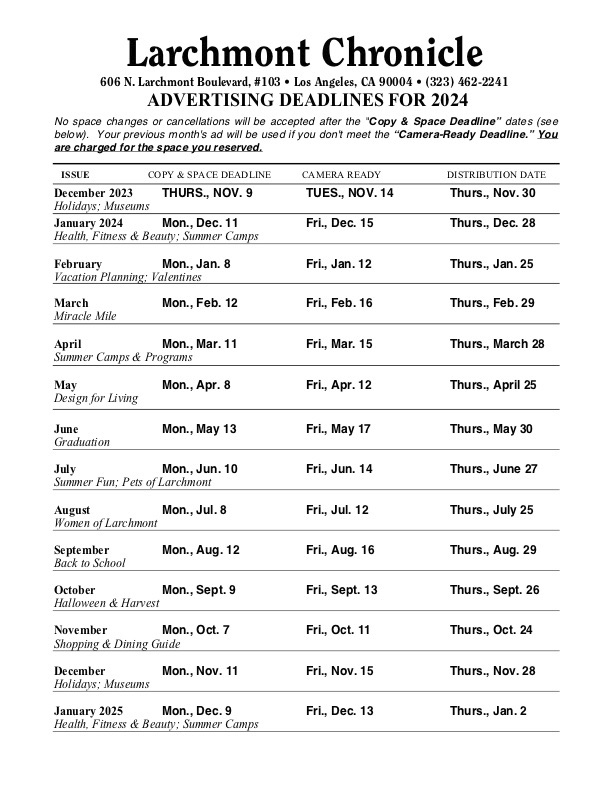Yaroslavsky / Braude Prop U is impactful still
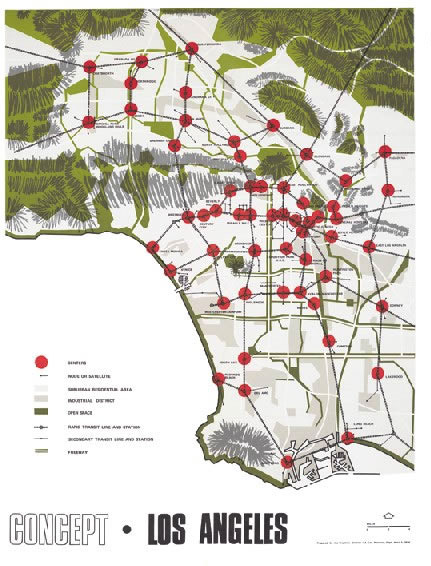
CENTERS CONCEPT is to focus density in certain areas, a goal of Prop. U
As a new member of the City Council in 1975, Zev Yaroslavsky began to see the impacts of poorly planned high-rise office development, and he decided to do something about it. He led a successful initiative election campaign, with his City Council colleague Marvin Braude, to urge city voters to enact Proposition U in 1986.
Prop. U is still locally topical today (for example, with respect to the Television City successor’s TVC proposal for the land abutting Fairfax Avenue and Beverly Boulevard). The Larchmont Chronicle reached out to Yaroslavsky about the continuing impact of his 1986 ballot measure that reduced allowable density along neighborhood-serving commercial streets like Pico and Beverly boulevards, Fairfax Avenue and similar streets throughout the city.
Our conversation was stimulated by a May 12 letter to the editor of the Los Angeles Times in which the writer from South Pasadena commented about a previous article about trucks and air pollution, asserting that, “I don’t get how there is an article talking about California air pollution and it doesn’t mention the main cause, our land-use pattern. In 1986, Los Angeles passed Proposition U. Along with other slow-growth measures in other cities, it significantly decreased the amount of housing that could be built in Los Angeles. Our zoning capacity dropped, possibly by millions of people.
“Those people didn’t just disappear. Instead they were forced to build homes further away from Los Angeles and drive in and out to their jobs daily. This increase in traffic is one of the main reasons we have bad air here.”
I asked Yaroslavsky about that letter, and he responded, “Prop. U was approved by 69 percent of the voters in every one of the city’s 15 council districts. The law cut development by half on properties zoned for neighborhood commercial uses — streets like York Boulevard, Fairfax Avenue, Ventura Boulevard, etc. The measure did not reduce development rights on any property that was zoned ‘residential.’”
I asked him to clarify and to respond to the letter writer’s assertion that Prop. U decreased the amount of housing that could be built. He responded: “Our objective was to direct intense commercial development into areas like Downtown, Hollywood, Van Nuys and other centers designated by the city’s general plan.
“Although residential development was (and is) permitted in commercial zones, a developer could make more profit by building a mini-mall than a six-story apartment building there.”
Yaroslavsky added that Prop. U was refined following its 1986 passage. He noted that, “Twenty-five years ago, the city more than doubled Prop. U density for residential development on such thoroughfares. Nevertheless, today, the overwhelming percentage of buildings on such streets remains retail or commercial.”
He concluded: “The letter writer’s additional argument that Prop. U is the ‘main cause’ for L.A.’s air pollution similarly doesn’t meet the fact test. Sprawl is certainly a principal cause for air pollution, but Prop. U’s reducing the size of potential megaprojects, such as the Beverly Center adjacent to residential neighborhoods in the heart of urban L.A., certainly is not.
“In 1986, a Los Angeles Times analysis concluded that Proposition U is a ‘more complex choice about where Los Angeles’ intense commercial development should be allowed to take place, and how to go about it.’ That was true 37 years ago, and it’s true today.”
Category: News

